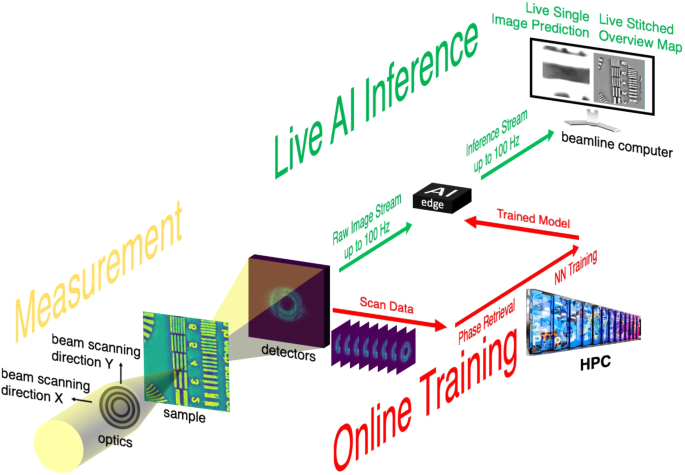2024-04-24 カリフォルニア工科大学(Caltech)
![]()
Chung’s group used a model of its Autonomous Flying Ambulance to test its NFFT control method.
<関連情報>
- https://www.caltech.edu/about/news/virtual-sensors-help-aerial-vehicles-stay-aloft-when-rotors-fail
- https://ieeexplore.ieee.org/document/10502204
学習型ミニマムセンサ故障耐性適応飛行制御 Learning-Based Minimally-Sensed Fault-Tolerant Adaptive Flight Control
Michael O’Connell; Joshua Cho; Matthew Anderson;…
IEEE Robotics and Automation Letters Published:16 April 2024
DOI:https://doi.org/10.1109/LRA.2024.3389414
Abstract
Many multirotor aircraft use redundant configurations to maintain control in the event of an actuator failure. Due to the redundancy of the system, fault isolation is inherently difficult and further compounded by complex interacting aerodynamics of the propellers, wings, and body. This letter presents a novel sparse failure identification and control correction method that does not require direct fault sensing, and instead utilizes only the vehicle’s dynamic response. The method couples an ℓ1 -regularized representation of the failure with a deep neural network to effectively isolate faults and improve tracking control in highly dynamic environments with unmodeled aerodynamic effects and unknown actuator failures. The method also includes a control re-allocation scheme which corrects for the identified faults while maximizing control authority and maintaining nominal performance characteristics. Experimental results demonstrate the method’s ability to maintain control of a multirotor aircraft by isolating motor failures and reallocating control, improving position tracking by 48 % over the baseline. This letter contributes to the development of robust fault detection and control strategies for over-actuated aircraft.




